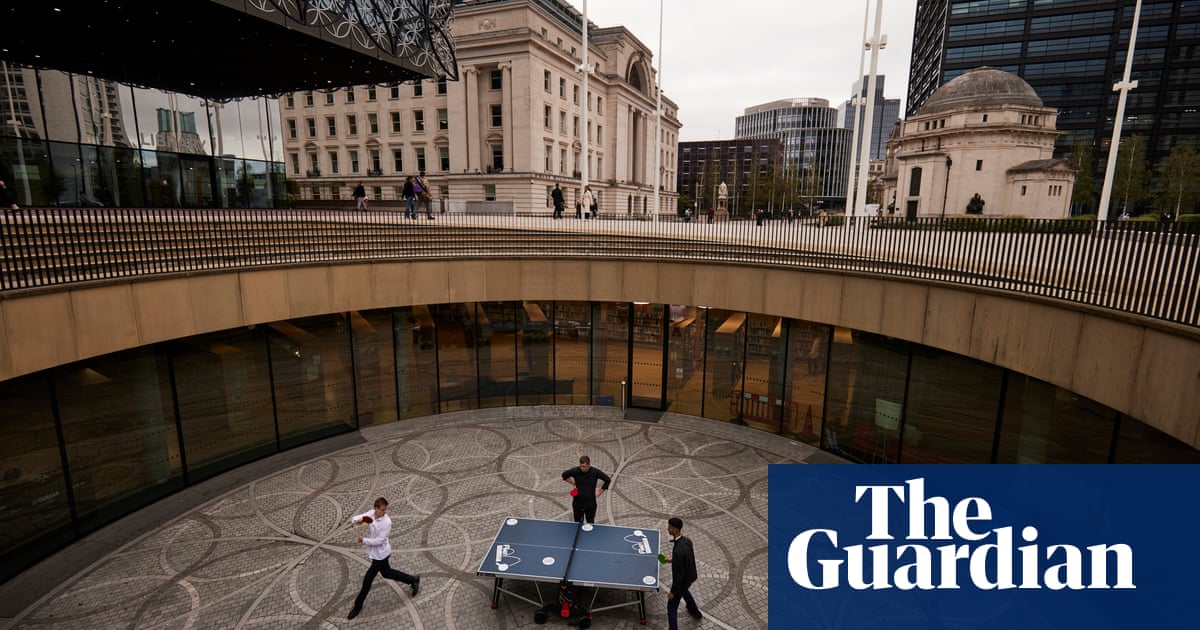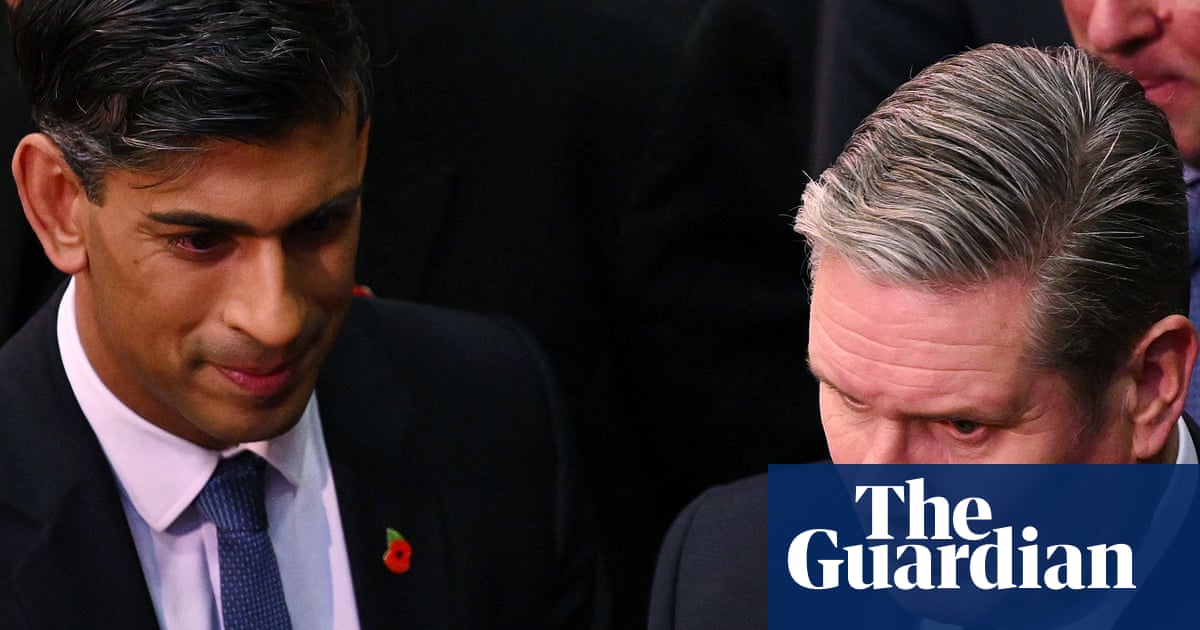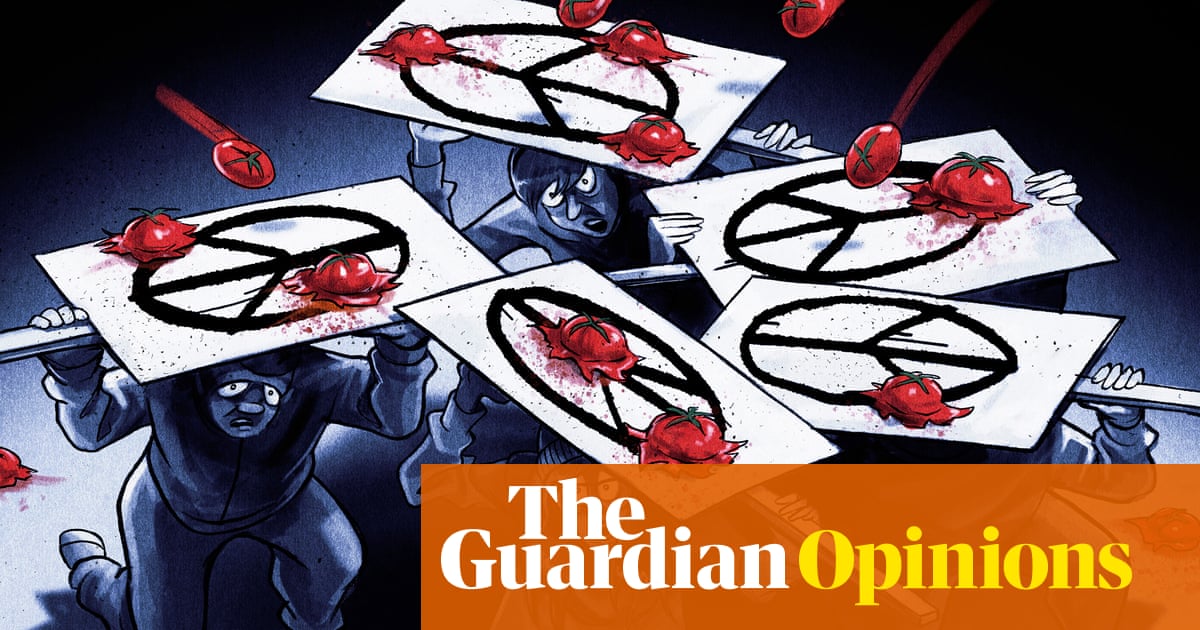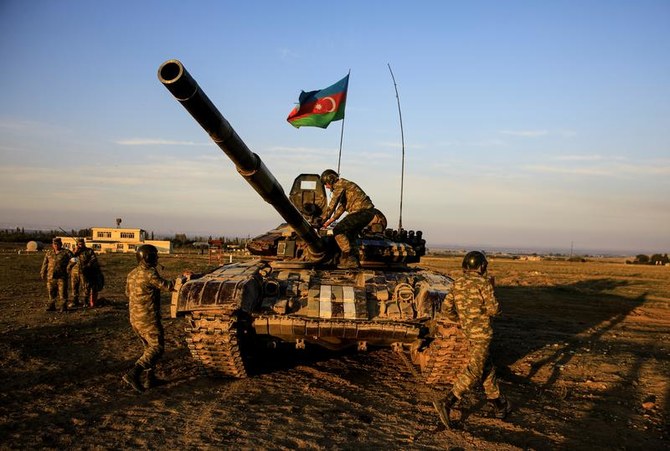
In Samira Shackle’s “Has poppy mania gone too far?” (The long read, 5 November), she dwells on the increasing policing of those in public life over their wearing of red poppies at this time of year; she also mentions in passing the white poppies of the Peace Pledge Union (PPU).
But she fails to question the basic premise of the remembrance industry – namely that the military in particular, and even more particularly “our” military, deserve more consideration than do other victims of war.
For a very long time now, most victims in most wars have been civilians. The military – on all sides – are not unique in their suffering; but they are unique in being the ones causing the suffering. A sincere mourning of the dead of past conflicts has to include a commitment to renounce any future warfare. When pacifists say “Never again”, we mean it.
The hypocrisy of senior politicians’ and military chiefs’ crocodile tears at the Cenotaph on Sunday, when they’ll be back in their offices the next day planning the next war, is sickening. I will attend the PPU’s alternative (anti-militarist) remembrance ceremony at noon on Sunday, in London’s Tavistock Square.
Albert Beale
King’s Cross, London
Quakers have been wearing white poppies as a symbol of remembrance and peace since they were first produced in 1933. Today, some Quakers wear a white poppy, some red, some both and some none. The red poppy fever that Samira Shackle identifies highlights a dangerous trend of narrow nationalism, where one group of people, fanned by tabloid newspapers, seeks to define what makes us British.
There were 16,000 British conscientious objectors to the first world war, and more than 65,000 in the second (mapped on a new Quaker database). Not all soldiers fight on the battlefield – there is no one way to belong. Britons who dissent are still British.
The carpet of red poppies hides another trend: the militarisation of our society, where our instinct is to arm for war, rather than building for peace. True peace comes only with true human security; our security cannot be isolated from the security of others.
At this time of conflict, it’s ever more important to do the painstaking work of building peace. That way when we pin our poppies, of whatever colour, to our lapels and say “Never again”, these are more than just empty words.
Paul Parker
Recording clerk, Quakers in Britain
The question of whether poppy mania has gone too far has become an annual debate. The answer is: probably, as not wearing one might be a sackable offence in the various TV newsrooms. See also the endless last posts at football matches. These should be reserved for Armistice Day, not trotted out ad nauseam like I Wish It Could Be Christmas Everyday. Sanctimonious humbug aside, I’m allergic to the colour red. So I wear a white poppy.
Max Bell
Thame, Oxfordshire
I used to wear a white poppy for peace – alongside a red poppy, so that I didn’t get assaulted for wearing the white one!
Brian Penney
Heysham, Lancashire
Will our Friends of Israel MPs still insist on wearing poppies if they realise the poppy is Palestine’s national flower? It represents Palestine’s collective memory of loss, suffering and resilience and an unbreakable bond with the land.
Mary Adams
London
In The Unpleasantness at the Bellona Club by Dorothy L Sayers, Lord Peter Whimsey is able to date the murder of Gen Fentiman to 10 November and not, as first thought, Armistice Day, as the general was not wearing a poppy, which, of course, he would have been on 11 November. If, in 1921, a patriotic soldier who had fought in the Great War wore his poppy on, and only on, 11 November, perhaps our public figures could do the same a hundred years later without being bullied and shamed.
Rosemary Chamberlin
Bristol












